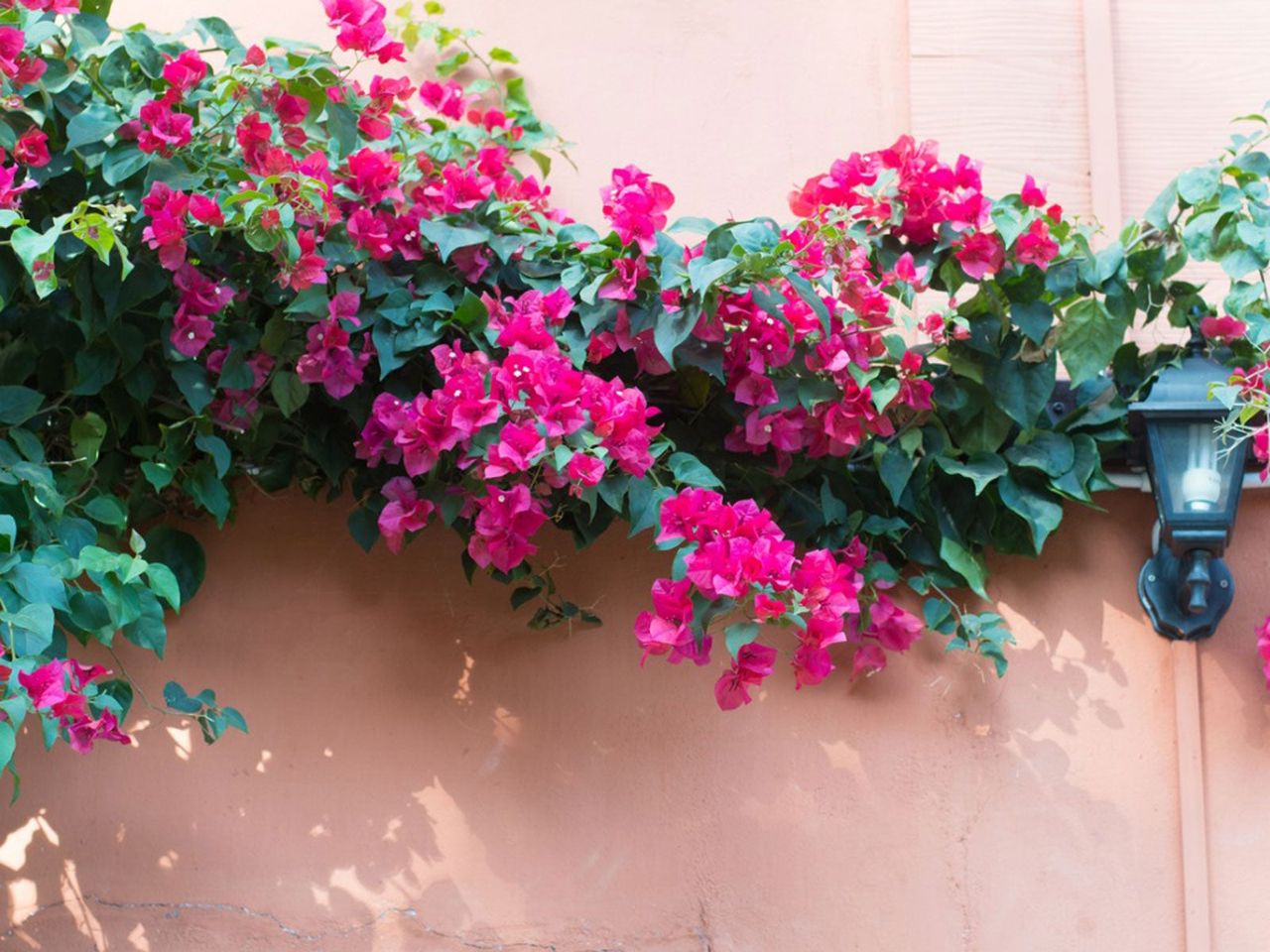Popular Southwestern Vines: Choosing Vines For Southwest States


If you need to soften a stone wall, cover an unpleasant view, or provide shade in an arbor planting, vines can be the answer. Vines can do any and all of these tasks as well as add vertical interest, color, and fragrance to a backyard.
Vines for Southwest states must be able to grow happily through the dry, hot summers of the region. If you are wondering about Southwest region vines, read on for information.
About Southwestern Vines
Vines are useful and attractive additions to any backyard. Vines in the Southwest can help you beat the heat that comes with the region’s bright sunshine and dry summers. A vine covering an arbor provides quick, attractive shade in patios. Even vines growing near a wall or window can keep the indoor temperature a little lower.
Many vines can be grown successfully in the southwestern United States. Before selecting particular southwestern vines, figure out what your landscape requires and the type of structure to be covered.
Vine species are often divided into categories based on their manner of climbing. These include:
- Twining vines: Tendril climbing vines that wrap slender side shoots around their support.
- Self-climbing vines: Attach themselves to surfaces by means of adhesive discs on rootlets.
- Shrub vines: Clamber over a support and do not have any specialized means of climbing.
Vines for Southwest States
You won’t find just a few vines for Southwestern states. Many species of vines in this region thrive in the heat. If you are looking for twining or tendril-climbing vines with lovely flowers, here are a couple to consider:
- Baja passion vine (Passiflora foetida): This vine has showy flowers and rapid vine growth. It is a heat lover with huge, exotic blossoms, and pale pink with central crown segments of blue and purple. The passion vine covers a 10 foot (3 m.) square wall with flowers from early summer into fall.
- Carolina jessamine (Gelsemium sempervirens): Carolina jessamine uses twining stems to pull itself up to 15 feet (5 m.) in height. You’ll have the green, glossy foliage year-round with this evergreen beauty, but the fragrant yellow flowers appear only in late winter when there are few other colors.
- Crossvine (Bignonia capreolata 'Tangerine Beauty'): Few vines in the Southwest will outclimb this crossvine. It can climb 30 feet (9 m.) high, pulling itself up using branched tendrils with adhesive pads. Vigorous and fast-growing, this evergreen vine acts fast to cover a fence with attractive foliage and attractive tangerine flowers.
- Bougainvillea (Bougainvillea spp.): If you prefer a clamoring vine that has no specialized means of climbing, bougainvillea is one to consider. It’s a very common vine in the Southwest and never fails to astonish with its spectacular scarlet color. The color doesn’t come from the small flowers but from large showy bracts surrounding the flowers that offer stunning, glowing colors from early summer through fall. To get bougainvillea to cover a structure like a fence, you’ll have to tie up its thorny branches.
Gardening tips, videos, info and more delivered right to your inbox!
Sign up for the Gardening Know How newsletter today and receive a free copy of our e-book "How to Grow Delicious Tomatoes".

Teo Spengler is a master gardener and a docent at the San Francisco Botanical Garden, where she hosts public tours. She has studied horticulture and written about nature, trees, plants, and gardening for more than two decades. Her extended family includes some 30 houseplants and hundreds of outdoor plants, including 250 trees, which are her main passion. Spengler currently splits her life between San Francisco and the French Basque Country, though she was raised in Alaska, giving her experience of gardening in a range of climates.